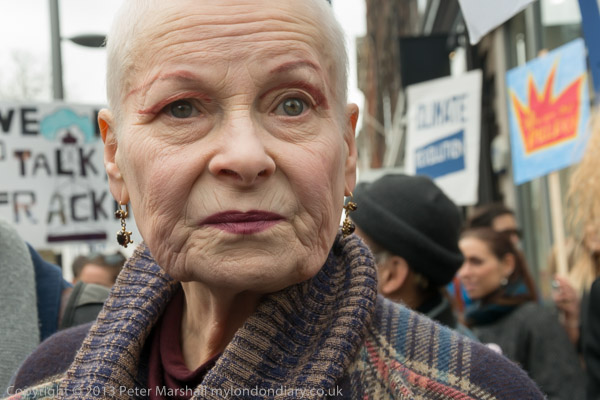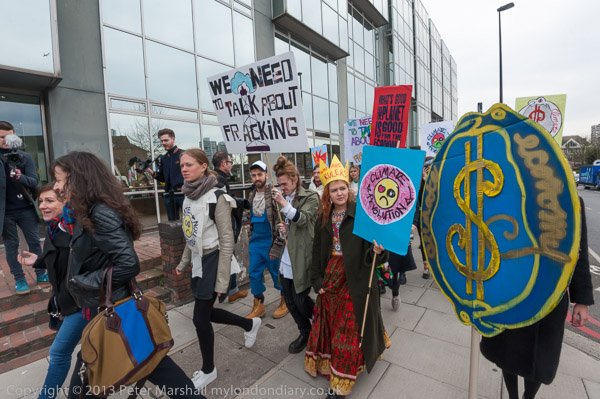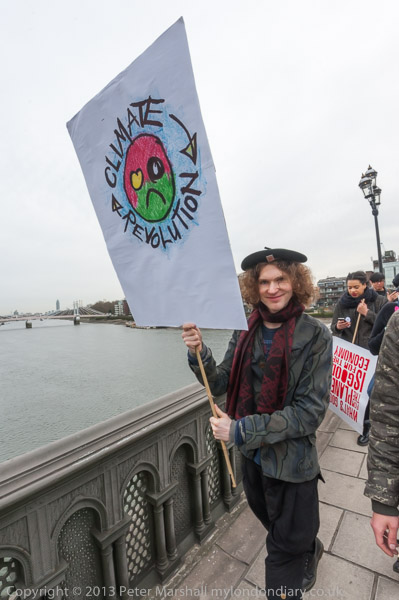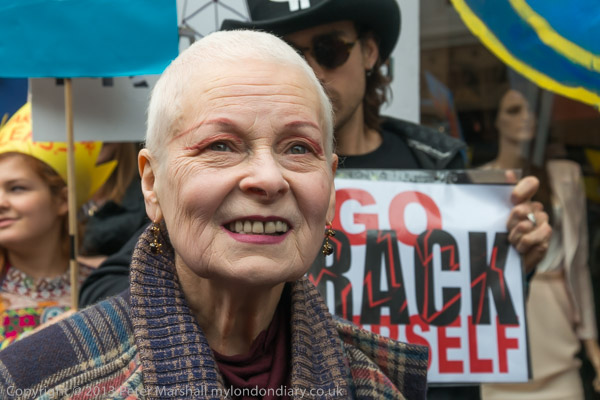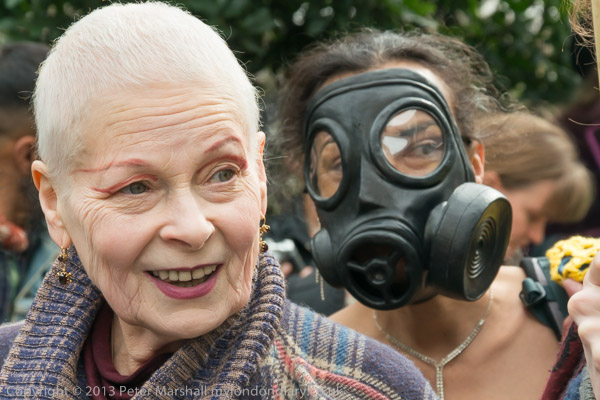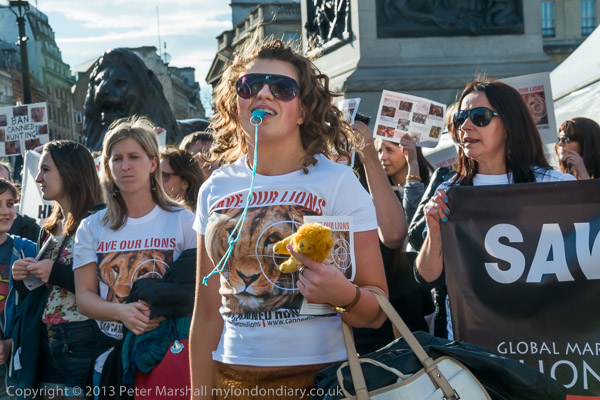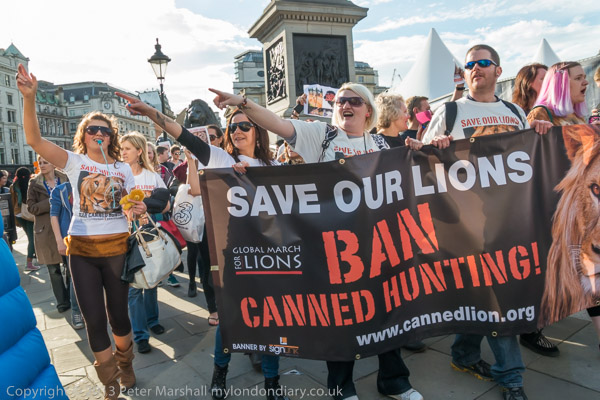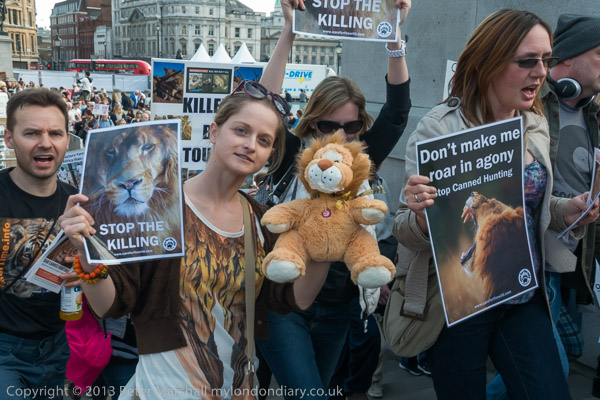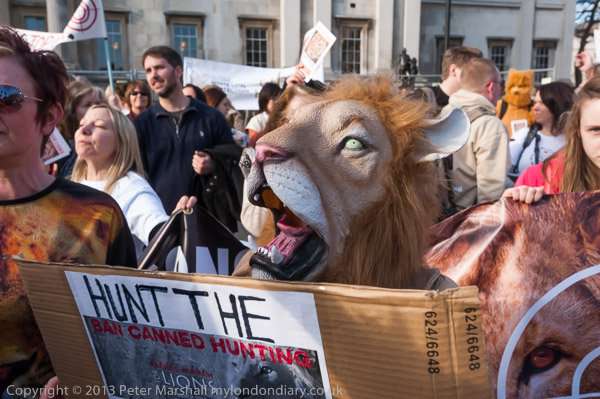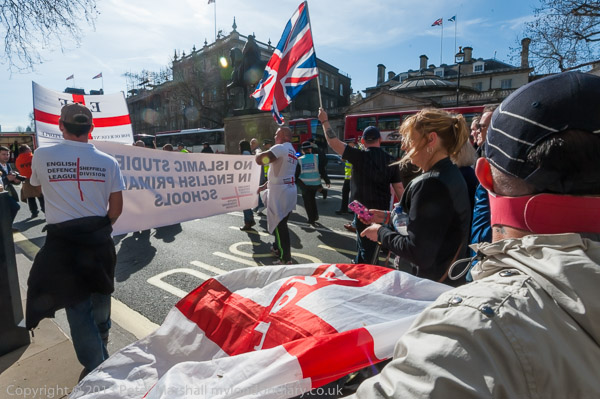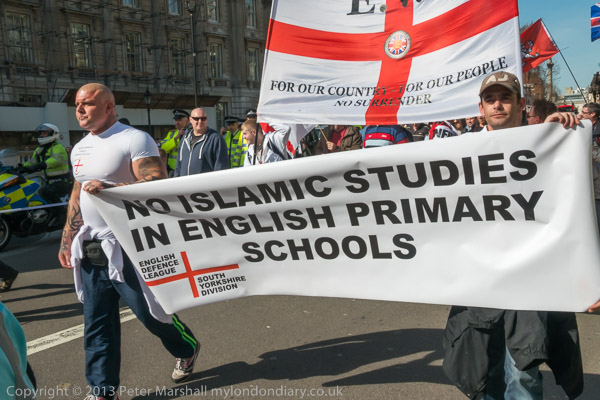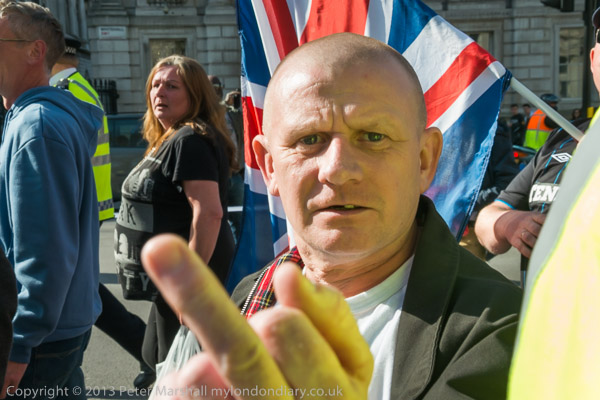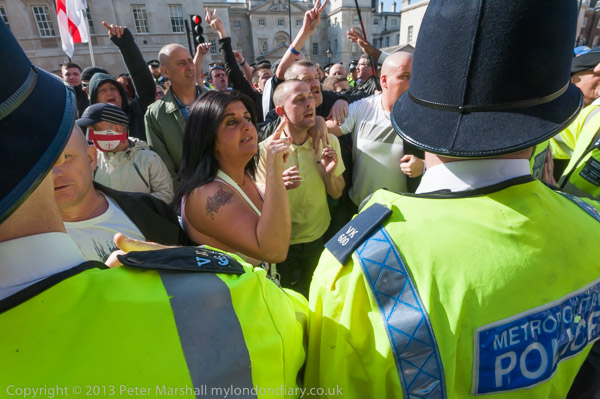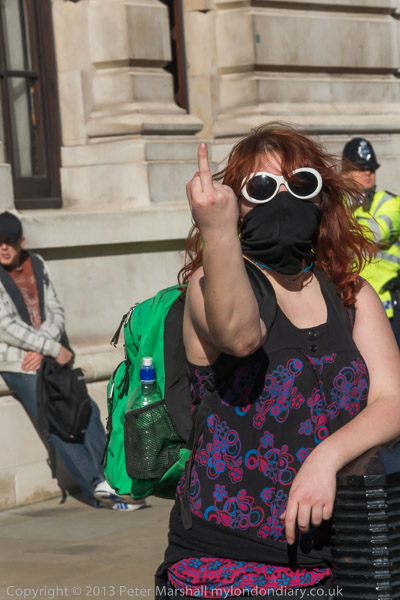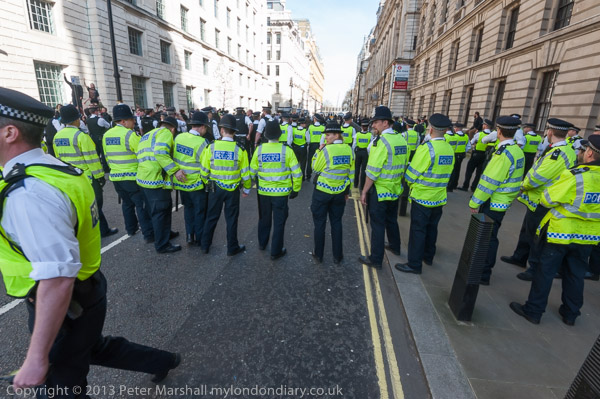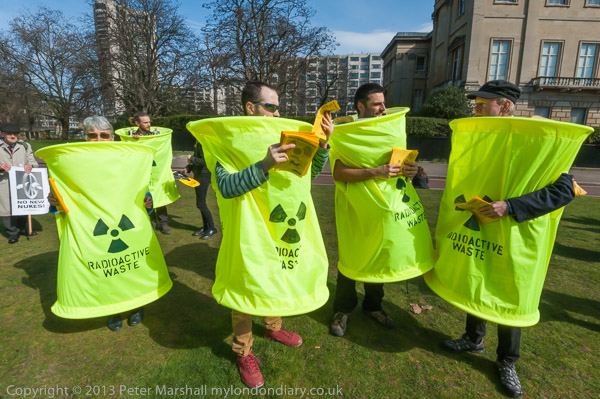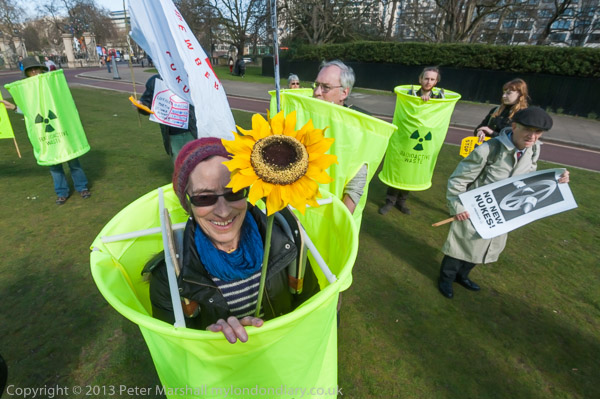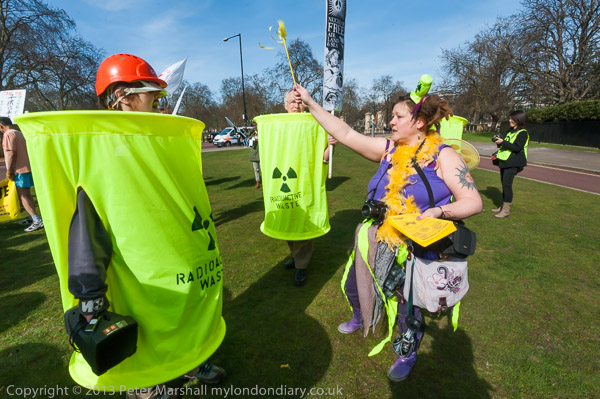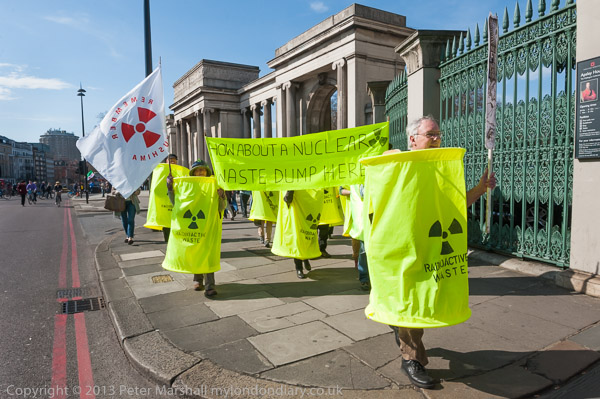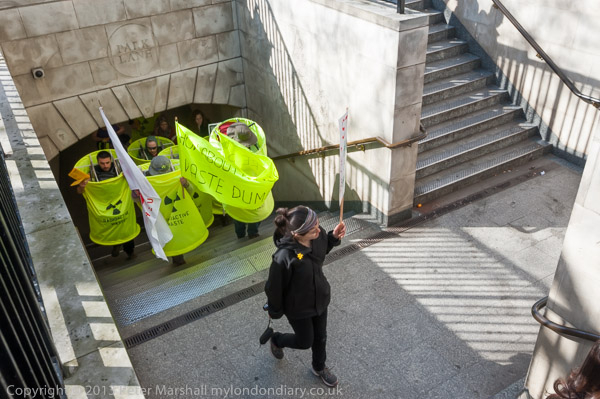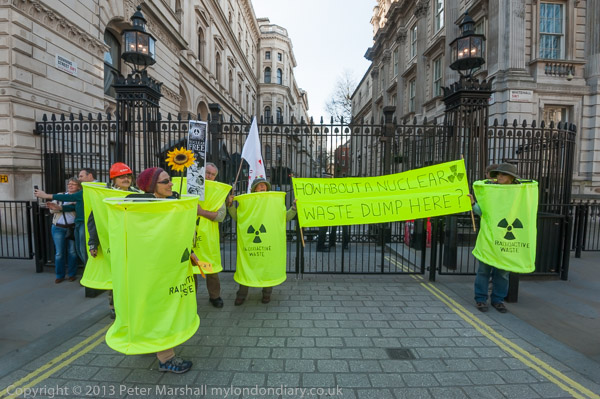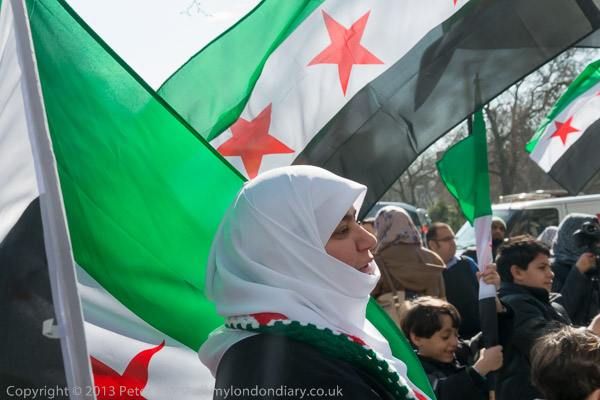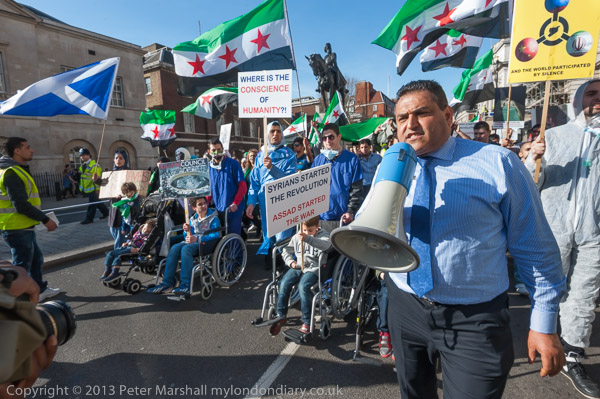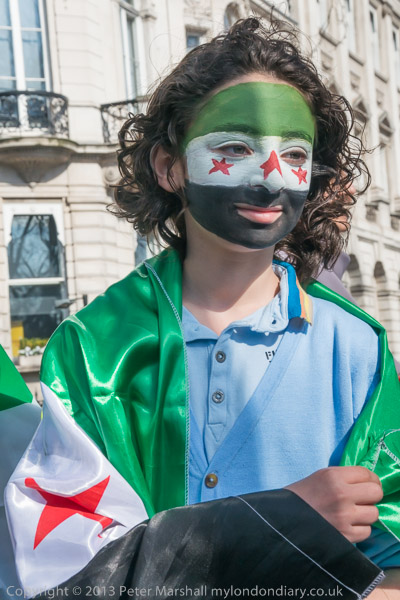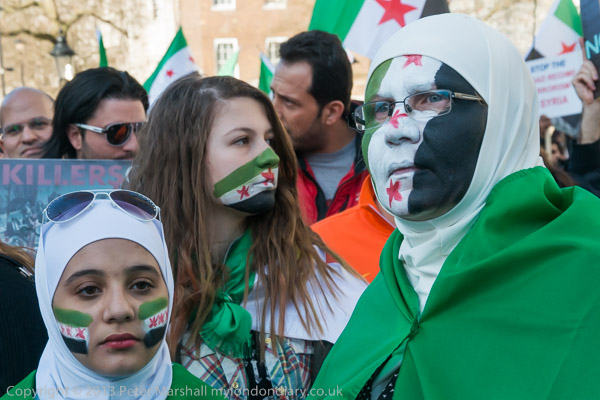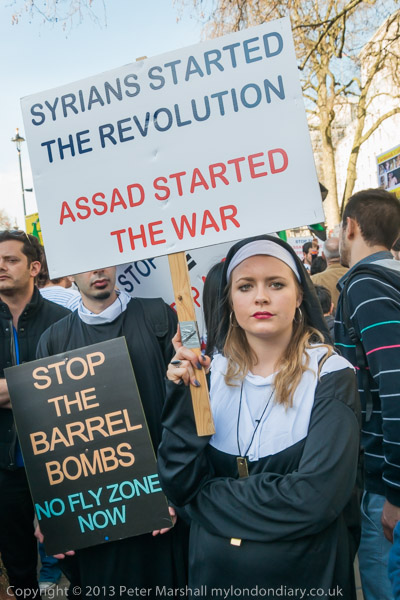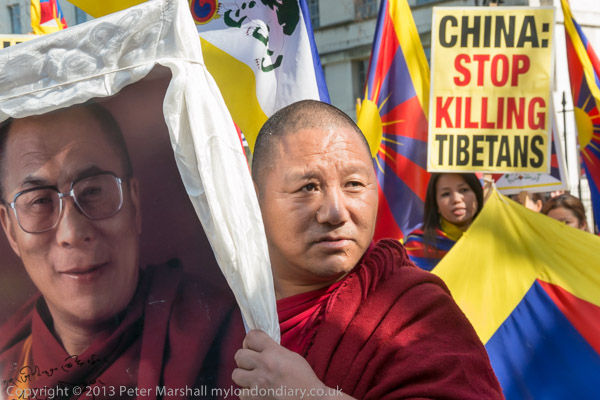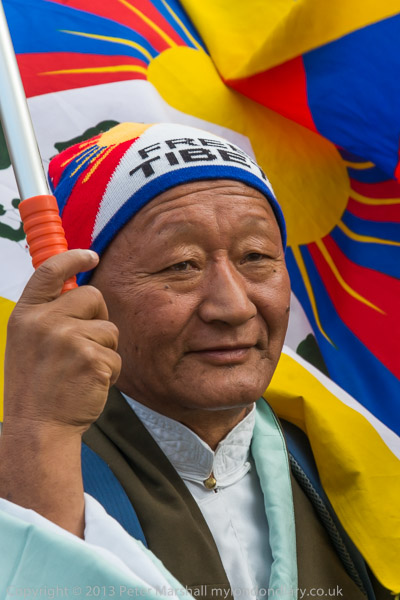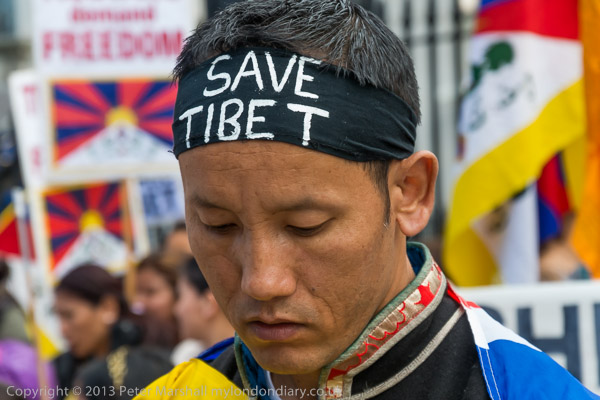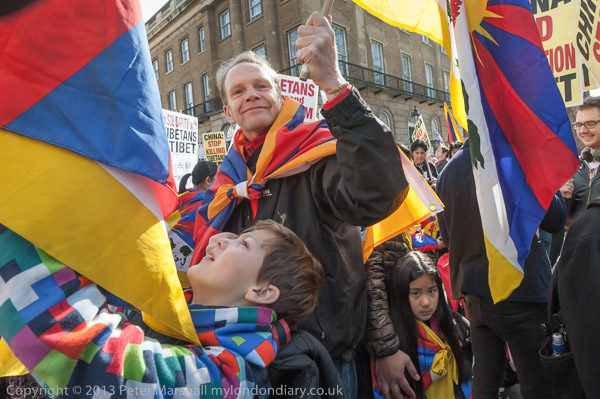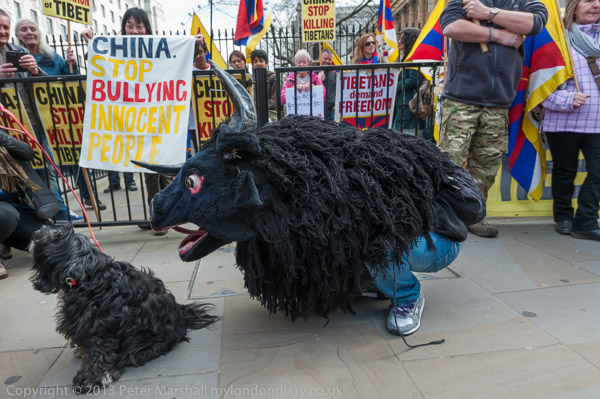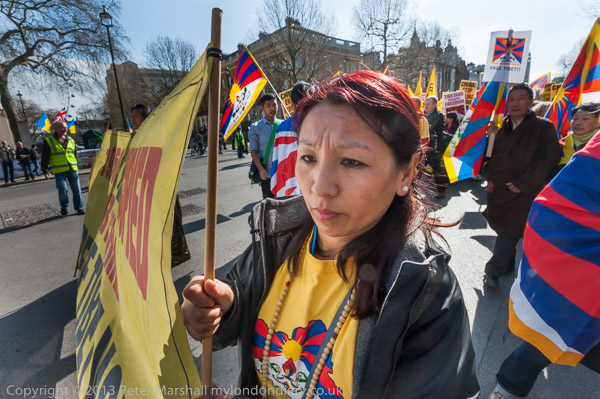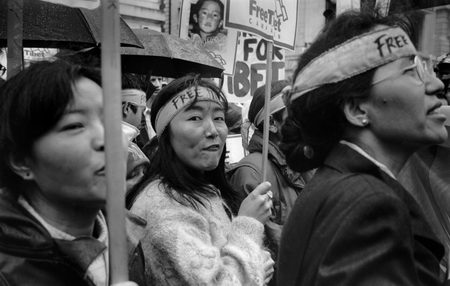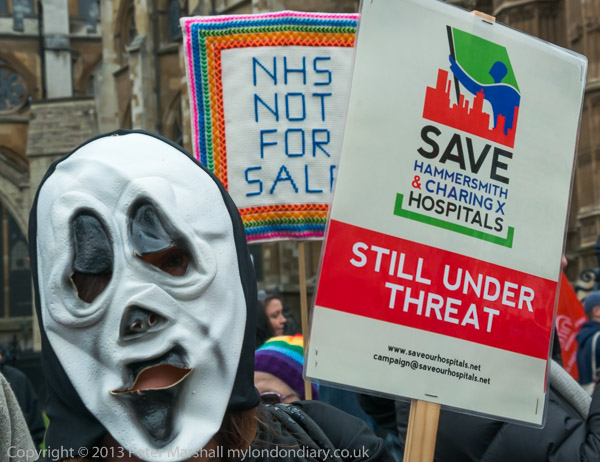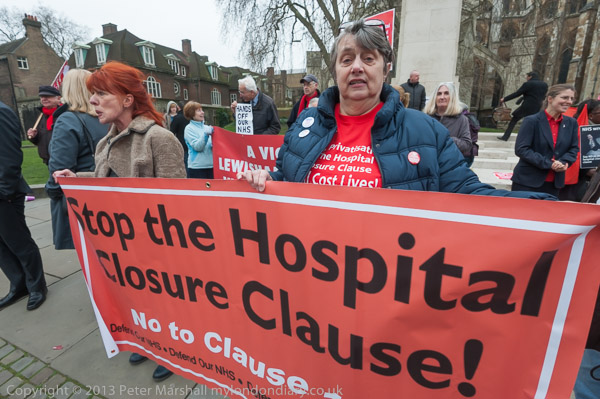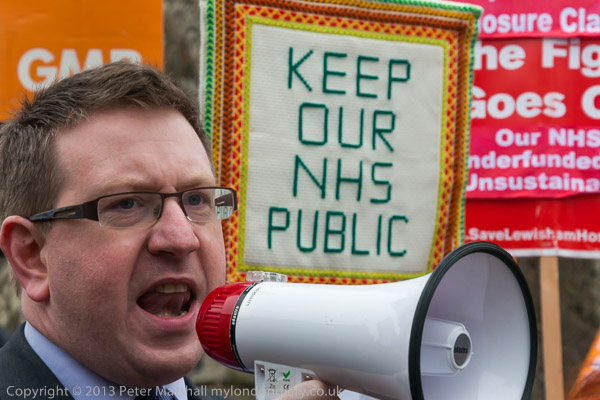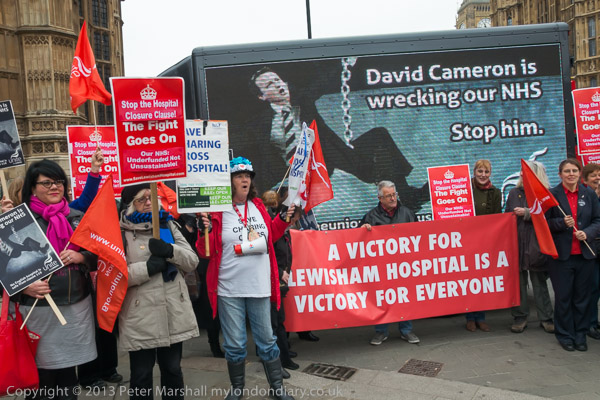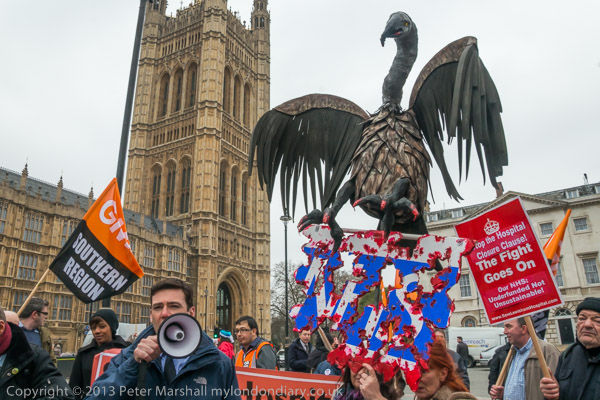Dewi Lewis, one of the leading photographic publishers with many fine books both from his early years in Cornerhouse and as a leading independent publisher, begins his recent post The Picture Post Photographers on the Photoworks web site with the statement:
Last October was the 75th anniversary of the launch of Picture Post yet you would be forgiven for not having noticed.
A book of Bert Hardy’s work was published (Bert Hardy’s Britain, The Bluecoat Press) and we also published the first ever monograph of John Chillingworth. But where were the exhibitions, where was the TV and magazine coverage?
I can only agree with him that the event failed to receive the attention it deserved (what a shame we don’t have a national gallery really dedicated to photography), and have previously in 2009 suggested that we should have a proper exhibition on Picture Post and its photographers in The Unseen Bert Hardy , and elsewhere. But 2013 was also the 100th anniversary of Bert Hardy’s birth as well the 75th anniversary of Picture Post and neither went entirely unnoticed.
As well as the book that Lewis mentions, the Photographer’s Gallery Print Room staged a Bert Hardy Centenary Exhibition from 4 Apr – 26 May 2013. Getty Images, which now owns the pictures taken by Picture Post employees including Bert Hardy celebrated “the double anniversary of the photographer Bert Hardy and Picture Post, the magazine with which he is inextricably linked” with a show ‘Bert Hardy – Picture Post Legend‘ from 14 August to 5 October at their Eastcastle St gallery in London (and you can buy prints from them of his work at reasonable prices, though I think it is best seen in books.).
The Guardian ran a feature at the time of the Photographers’ Gallery show, and this was also mentioned in the Daily Mail and there was a slide show on the the BBC web site, and other mentions elsewhere in blogs and the press. So if you failed to notice you were not really paying attention.
Although I’ve never written an extended feature on Hardy, I did write and publish one about his fellow Picture Post photographer, Thurston Hopkins, whose 100th birthday also in 2013 was marked by a feature in The Guardian by Observer picture editor Greg Whitmore, whose own paper were not interested in publishing his Unsung hero of photography Thurston Hopkins turns 100. I blogged on this anniversary in Thurston Hopkins reaches Century, in which I also mentioned that my article on him was also in the ‘top ten’ on Google, though not attributed to me. It’s now up to number 4 on a search for ‘Thurston Hopkins’. So I’ve done my bit of singing.
Here too are a few short things about Hardy from several different things I’ve published over the years.
1.
Bert Hardy was a working class Londoner who went to work in a photo printing plant. Soon he was taking photos of his other love, cycle racing. He got a Leica and became a photographer.
Hardy’s great asset for Picture Post was his ability to go anywhere and get on with the people he had to photography, whatever their social background. He really was interested in people and his photographs show this.
During the Second World War he photographed London in the Blitz, and was the first photographer to be credited by name in Picture Post. He was called up and sent as a photographer to cover the armies advancing across Europe after the invasion, photographing the Rhine crossing and many other events. He was among the first allied soldiers to enter the concentration camps and photograph there.
After leaving Picture Post he did some advertising work and set up a printing business.
2.
In the UK, one of the first photographers to use a Leica was Bert Hardy (though this picture was made with a Box brownie.) Working for a film processing company he had two interests that filled much of his spare hours, photography and bicycling, and had combined the two by photographing various cycle races.
A story he would always tell when asked how he became a photographer was that some friends of his decided as a joke to tell him that one of the large Picture Agencies in London was looking for ‘miniature’ photographers. Hardy went along with a pile of his cycling prints to see the manager and said that he was taking pictures with a Leica. ‘That’s not real photography’ he was told, ‘take a look at these’, and he was shown a set of technically fine, but static and dull prints. After a while, the manager said that he might as well have a look at Bert’s work since he had brought it. As he leafed through the pile of prints, his expression changed, and although he didn’t take any of the work that the photographer had brought in, he sent him on his first photographic job, to take a portrait of a visiting Hungarian musician.
Hardy went to the hotel with his Leica and an single light and took a series of pictures that presented his subject naturally as a personality rather than the kind of posed formal portraits that were more normal at the time.
This was the start of a career that was later to make Bert Hardy famous as one of the leading photographers for the UK picture magazine, Picture Post, for which he took most of his best known pictures. His coverage of the Blitz in the early years of the war epitomised the conditions of the time and the spirit of the British people. ‘Picture Post’ even published the photographer’s name with the work – previously features had been credited only to the magazine.
Later he was called up into the army and worked as a photographer in the British Army PR department; after the invasion he too followed the path of liberation, recording the entry into Paris the crossing of the Rhine and the concentration camps before the war ended and he was able to go back to a job with ‘Picture Post’, again capturing the mood of post-war Britain.
Blackpool Railings
This carefully staged ‘spontaneous’ picture of two girls sitting on the promenade rail on the seafront was taken as a challenge using a Box Brownie after Hardy had said in an article of advice for amateur photographers that you did not need to own an expensive camera to take good pictures.
Gorbals Boys
These cheeky street lads were from another Picure Post assignment, where Hardy was sent to replace Bill Brandt who had filed empty streets dominated by apparently unending blocks of flats.
3.
Bert Hardy was among the many who went to Korea. One of many stories he used to tell was that of the Inchon landing, which started as light was failing in the evening. On the approach to the landing he was shooting at around 1/25 at f2 on fast black and white film. When they reached the beach there was a concrete wall in their way, with hostile fire coming over the top of it, and none of the assault party was keen to go over it. Eventually Hardy climbed over the wall and led the assault because he realised the light was going fast and he couldn’t afford to wait! When they saw he was still alive the others followed.
He kept shooting with his Leica loaded with fast black and white film until the light was down to 1/8 at f4, then made it back to the landing craft, only to be told they had actually landed on the wrong beach and were coming under fire from their own side. Hardy was however the only photographer to get pictures of the initial landing as the American press photographers present were all using Speed Graphics with f4.5 lenses and had to wait for the light to come up the next day to take pictures.
While in Korea, Hardy photographed a group of political prisoners being mistreated. They were crouching, chained together part naked. Hardy and the journalist he was with, James Cameron, decided that they were going to be executed by our Korean allies without trial and tried to get both the United Nations and the Red Cross to intervene without success.
This is a story that made history by not being published. The editor of ‘Picture Post’, Tom Hopkinson, decided to publish it (in a toned down form) despite a warning from the owner of the magazine, who then actually stopped the presses and removed the article. When Hopkinson put it in again next week, again the presses were stopped and he was sacked. After this loss, ‘Picture Post’ never regained direction, slowly going downhill and eventually closing as it failed to meet the competition of the new medium of television.
You can see and hear Bert Hardy on a film trailer on You Tube, which shows some of the people he photographed in 1950 in Cardiff dockland’s Tiger Bay looking at his pictures 35 years later, as well as the photographer talking about his visit there. Another YouTube video, “Life in the Elephant” Bert Hardy, shows pictures he took around the Elephant and Castle area of south London, with a not particularly appropriate musical background (which you can turn down or mute) and labels some of the images with their locations.
